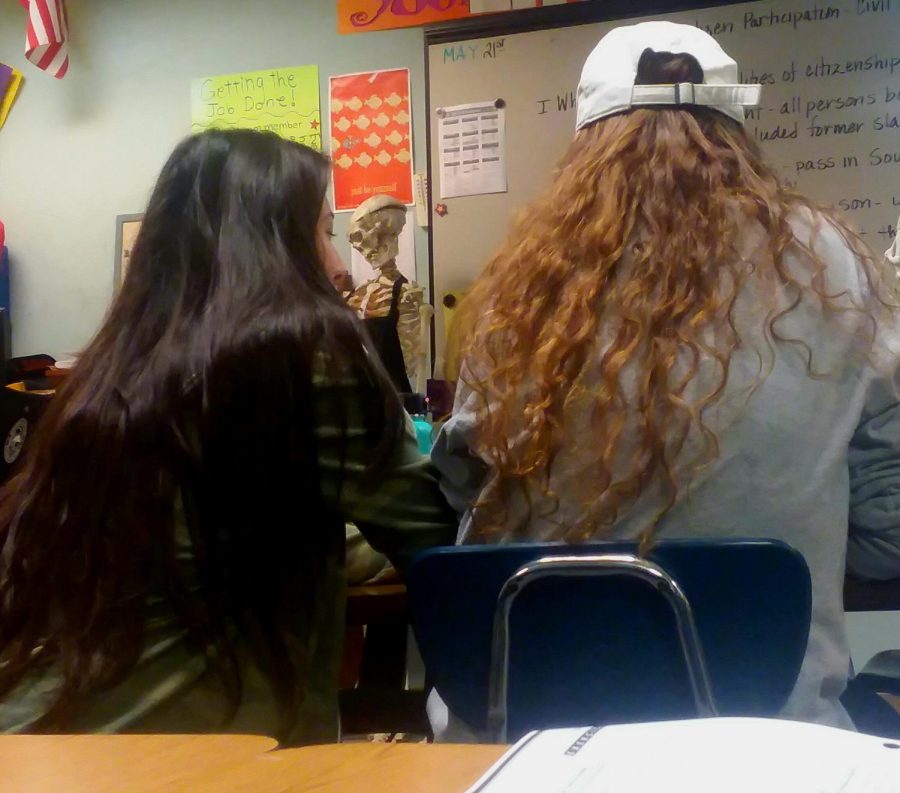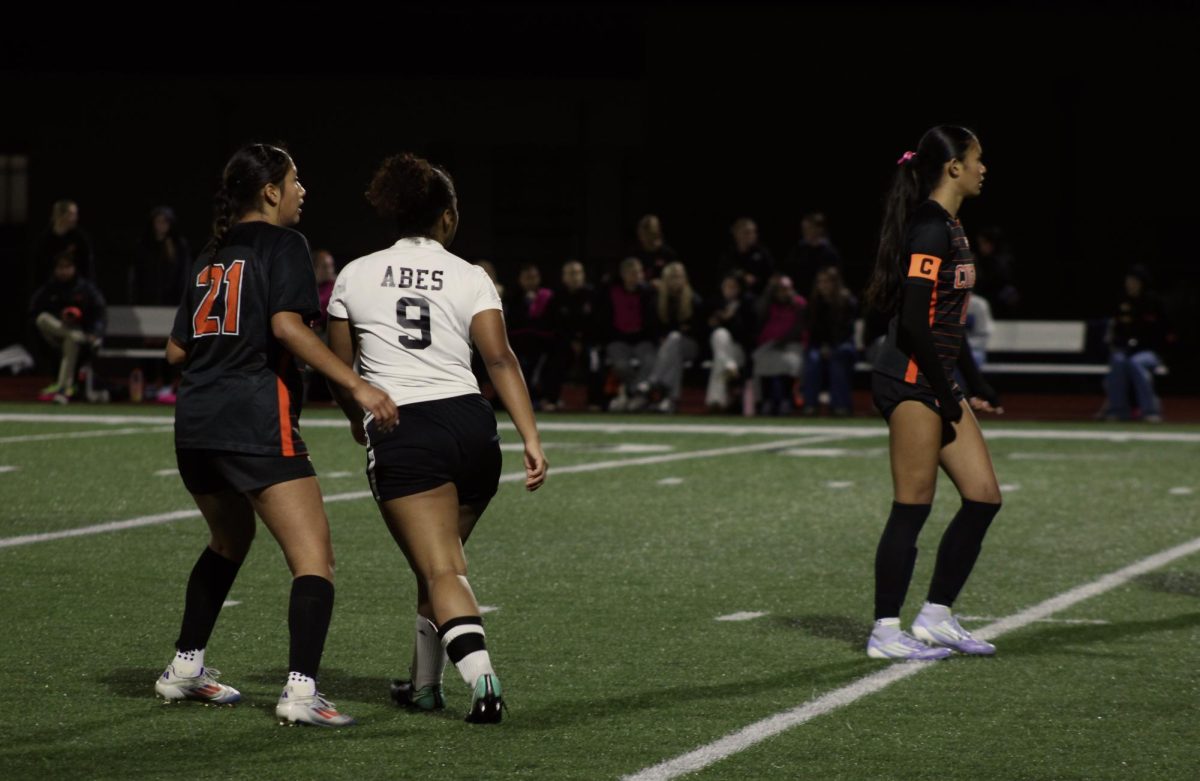The Teacher Part Of Teacher’s Pet
Favoritism can impact the classroom experience severely
Student’s are more than a grab bag to find the right one
Teachers pets are a common part of the education experience. They are the subject of much ridicule in media and thought of as incorrigible bootlickers who need to be knocked down a few steps. People get angry at them. However, it seems no one is willing to confront the teachers about their favoritism.
“If I was the teacher of definitely have favorites,” senior Mason Brandt says. He admits to being the favorite at times, but he sees the problem as well.
To put it plainly as possible, favoritism is terrible. Students can act however they want, rebellious or bootlickish, but it is a teachers own fault for allowing themself to show their bias. Often times it is not even subtle. One student can get away with murder, when others are constantly told to raise their hand. When people are struggling with a subject, that one student is pulled to provide a Perfect Example, even if they do not fully understand it either.
Favoritism demoralizes students. When they believe that they have no chance of being the best, they will not put forth their best effort. The class will lose all importance in their eyes.

People care about their homework if they feel cared about, otherwise the work is not done
Jason Clendennen, junior, personally takes issue when teachers grade their favorite students differently than the rest of the class.
“It’s annoying,” he states. Off the top of his head he could think of three teachers who have their pets all picked out. He doesn’t fault them for having favorites, teachers are still human, but they are responsible for the environment they create.
In the brief time before teachers cement on their favorites, there’s a moment when everyone can see it happening. The teacher begins their gravitation, unaware of the fact they’re doing it.
Teachers need to stop picking favorites. They are ruining the entire classroom experience. Even if there are students they prefer, it would be beneficial if they did not show it. There are many resources out there that advise teachers on how to stop playing favorites. Scholastic has many strategies, including pulling popsicle sticks out of a jar to choose students, or using a timer when talking to them. The most important thing a teacher can do is recognize their own behavior and change it.



